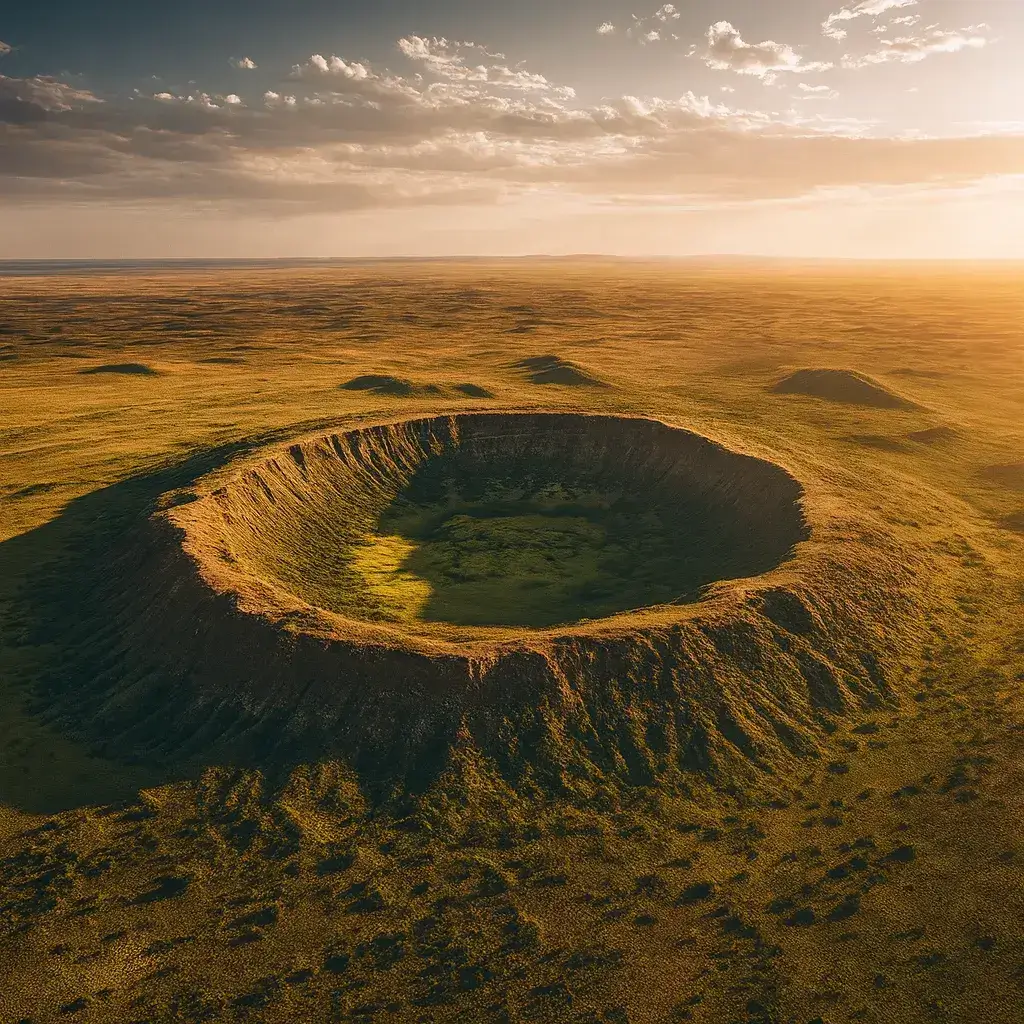When most people think about trauma, they picture the event itself—abuse, violence, disaster. But with childhood complex trauma, the injury isn’t only in the events. It’s in the way those experiences ripple forward, shaping how a child grows, how the nervous system develops, and how a person learns to survive.
The real story of trauma is told in the impacts. These are the echoes that follow you into adulthood—the ways your body, mind, and spirit adapt to early adversity. Sometimes they’re obvious, like anxiety or chronic illness. Other times they’re subtle, like never feeling safe in relationships or always bracing for something to go wrong.
This section is about naming those impacts clearly. Because until you can see them for what they are, it’s easy to mistake them for your identity, your personality, or just “the way life is.”
Impacts Are the Long Shadow of Trauma
When a child grows up in an environment of neglect, unpredictability, or abuse, the nervous system adapts. Survival strategies get locked in. Beliefs about self and others are formed in the heat of danger. Those adaptations are brilliant in the moment—they keep the child alive.
But they don’t just disappear when the child grows up. They become the framework through which you live. They show up in your health, your relationships, your habits, your sense of self.
That’s what we mean by impacts: the enduring patterns that trace back to childhood trauma.
Five Core Areas of Impact
The effects of childhood complex trauma are wide-ranging, but most of them cluster into five interconnected areas. These five are the backbone of how I map trauma’s influence:
- Regulation Disruptions
Early stress rewires the nervous system. Adults with CCT often struggle with emotional ups and downs, chronic anxiety, sleep problems, or an inability to fully relax. The body stays on alert, long after the danger is gone. - Relational & Attachment Disruptions
Trauma in childhood often comes through relationships—the very people who were supposed to protect you. That leaves deep marks on trust, intimacy, and connection. As an adult, you might feel distant, overly dependent, or caught in repeating unhealthy patterns. - Cognitive & Identity Disruptions
Growing up in chaos or neglect teaches distorted lessons: “I’m not good enough.” “I don’t matter.” “It’s my fault.” These beliefs get woven into your identity. Shame, self-criticism, and a fragmented sense of self are common outcomes. - Behavioral Coping Patterns
Children don’t get to choose their survival strategies—they just grab whatever works. As adults, those same strategies often become addictions, compulsions, perfectionism, people-pleasing, or control. What once protected you can now keep you stuck. - Physical & Energetic Dysfunctions
Trauma doesn’t just live in the mind—it leaves fingerprints in the body. Chronic fatigue, digestive problems, inflammation, autoimmune issues, and energetic stagnation are all common. The body carries what the mind couldn’t process.
Why It Matters to Name These Impacts
Here’s the trap: when impacts go unnamed, they feel like “just who I am.” If you’ve always been anxious, you assume that’s your nature. If you’ve always felt alone, you assume that’s your destiny.
Naming the impacts breaks that illusion. It separates the wound from the self. It says: This pattern is real. It’s here. But it’s not the essence of who I am.
That shift is huge. It opens the door to recovery. You can’t change what you think is fixed, but you can work with what you recognize as a trauma imprint.
Impacts Aren’t the End of the Story
One of the hardest things about childhood trauma is the sense of permanence—that the damage is done, and nothing can undo it. But impacts aren’t final sentences. They’re patterns. And patterns can shift.
Healing doesn’t mean erasing the past. It means learning how to soften the grip of those impacts, to loosen the hold they have on your daily life. Through awareness, practice, and steady cultivation, those old patterns can give way to new ones.
The nervous system can learn regulation. Relationships can be rebuilt on trust. Identity can become more whole. Coping strategies can evolve into conscious choices. The body can restore vitality and flow.
Daoist Lens on Impacts
From a Daoist perspective, the impacts of trauma can be seen as disruptions in the flow of qi and imbalances among the organ systems. For example:
- Regulation disruptions reflect Liver qi constraint (mood swings, irritability), Kidney yin–yang mismatch (wired-and-tired, collapse/overdrive), Lung rhythm weakness (shallow breath, weak wei-qi), and overall San Jiao coordination problems. The Pericardium often steps in here too, buffering the Heart when regulation feels unsafe.
- Relational wounds are primarily rooted in the Heart–Pericardium–San Jiao triad, with the Small Intestine adding discernment (“what’s mine vs. what’s yours”). This pattern governs connection, intimacy, and trust—the places most harmed when relationships were unsafe in childhood.
- Identity disruptions live in the Heart–Kidney axis. When the Heart (Shen, awareness, meaning) and Kidneys (Zhi, will, deep root) fall out of alignment, the result is a fractured sense of self, shame, and disconnection from purpose. The Liver Hun (vision) and Spleen Yi (integration) support identity but aren’t its root.
- Coping behaviors are cross-system adaptations: Liver (control, anger, perfectionism), Spleen (overthinking, comfort-seeking), Kidneys (fear-driven gripping, addictive “borrowing” of energy), and Lungs (withdrawal, collapse).
- Physical & energetic dysfunctions appear in Spleen/Stomach (fatigue, poor digestion), Lungs/Wei-qi (immunity, grief), Kidneys (reserve depletion), Liver (tension, headaches), and San Jiao (overall distribution and coordination).
Two maps—Western and Daoist—describe the same lived reality. Seeing both gives you more ways to understand and more tools to heal.
Moving from Impact to Recovery
The purpose of this section isn’t to dwell on the damage. It’s to bring clarity. When you can name the five core areas of impact, you can start matching them with practices and tools.
- Regulation tools like breathing, meditation, and qigong.
- Relational tools like self-inquiry, boundary work, and supportive community.
- Identity tools like journaling, reflection, and reframing.
- Coping tools like mindfulness, seasonal alignment, and gentle discipline.
- Physical vitality tools like nutrition, movement, and rest.
The impacts name the wound. The practices begin the repair.
Final Thoughts
Childhood complex trauma doesn’t vanish when you become an adult. It lingers, often invisibly, in the patterns of your body, mind, and relationships. That’s what we mean by impacts—the living aftermath of early injury.
But impacts aren’t destiny. They’re not proof of brokenness. They’re reminders of where the body and spirit adapted under stress. And with time, patience, and practice, those adaptations can be reshaped.
Naming the impacts is the first step toward loosening their grip. From there, recovery becomes possible—not by erasing the past, but by learning to live in a new way, rooted in balance, connection, and wholeness.


